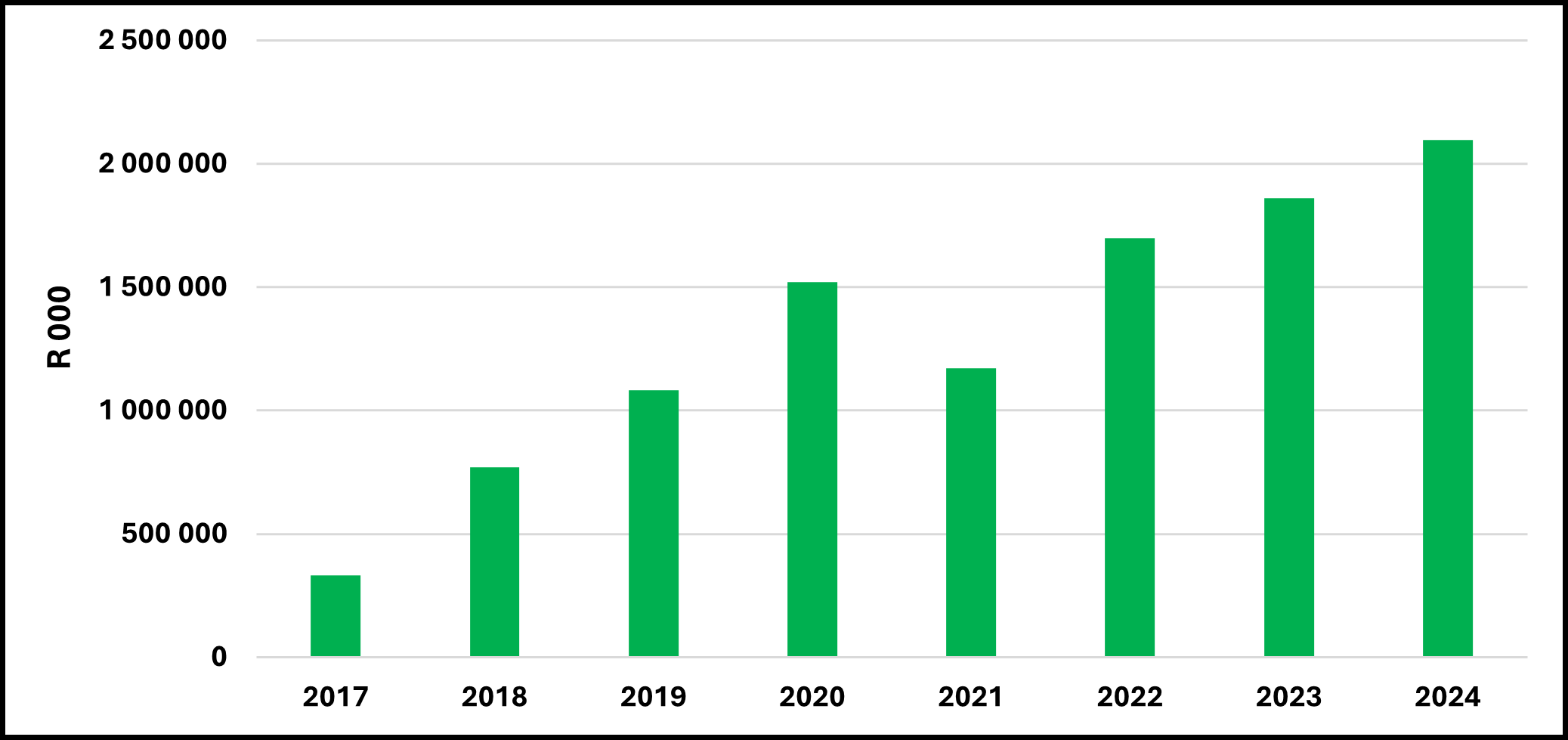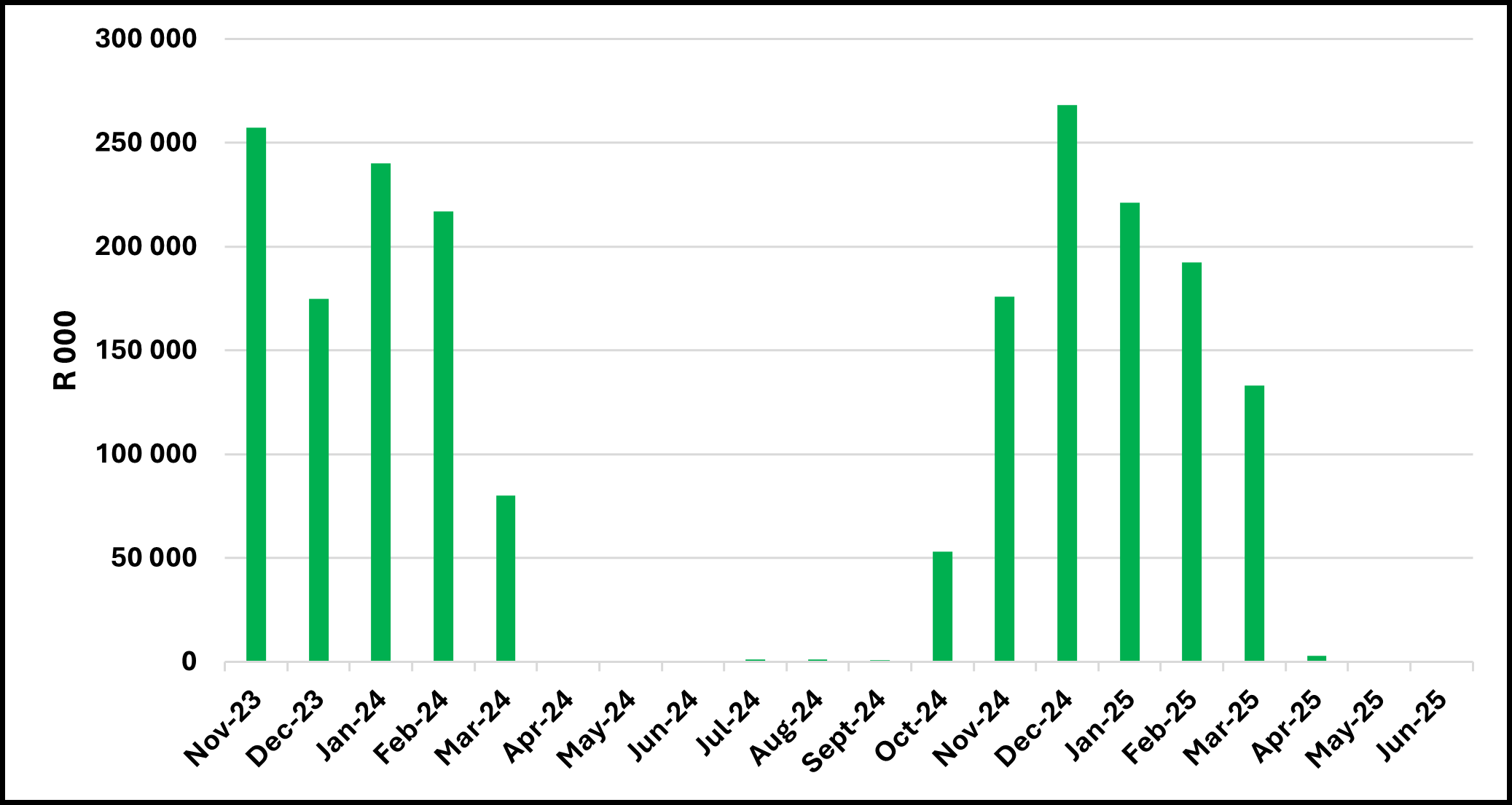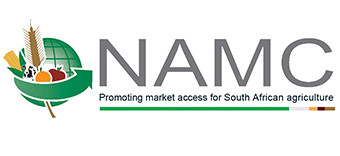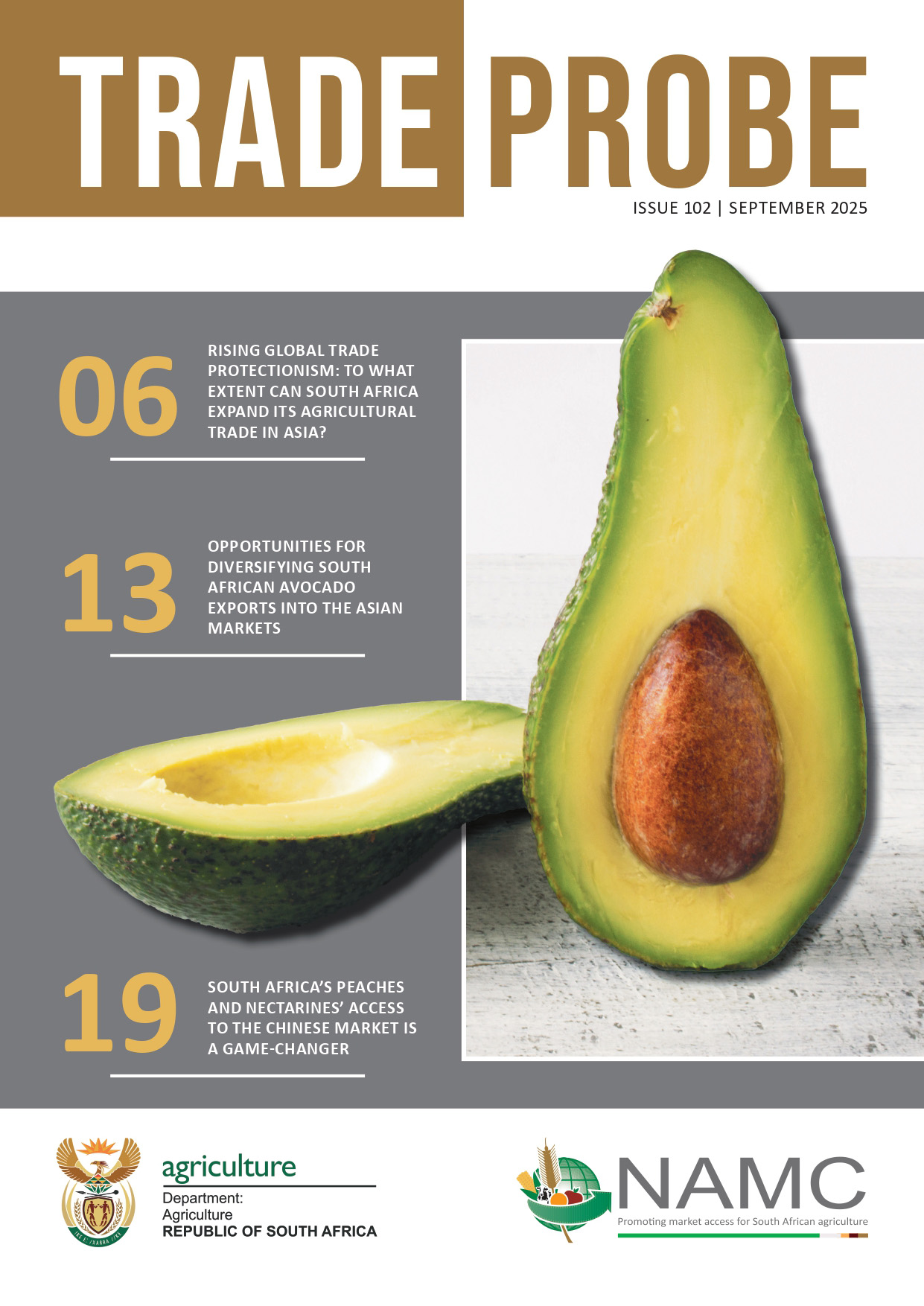SOUTH AFRICA’S PEACHES AND NECTARINES’ ACCESS TO THE CHINESE MARKET IS A GAME-CHANGER
By: Thabile Nkunjana
Introduction
One of the significant agricultural sectors that was developed in the Western Cape area of South Africa is the peach and nectarine industry. The fresh fruit export sector receives the least amount of the industry’s fruit, while large amounts are processed into canned peach products because the available cultivars were better suited for canning, the canning sector dominated the industry (Tsvakirai, not dated). Since the canneries were located near the producing area and did not incur additional expenses for marketing or fruit transportation, the canning industry also offered a more structured and profitable distribution channel.
Potential opportunities for peaches and nectarines
The South African peach and nectarine sector has had difficulties throughout the years, such as varying export numbers, disruptions caused by bad weather, and inefficiencies at the various ports. During the 2023–2024 season, farms and port operations experienced delays and disruptions due to extreme weather occurrences such as storms, fog, and strong winds. A recent agreement between South Africa and China to sell peaches and nectarines was revealed by the Minister of Agriculture. Based on data from the trade map, this means that South African farmers would now have access to the seventh (7th) largest peach and nectarine market in the world.
This article examines South Africa’s nectarine and peach exports to the global market, the leading peach and nectarine supplier to China, and the changes in the Chinese market over the last few years. The value of China’s imports of peaches and nectarines from 2017 to 2024 is shown in Figure 11 (Rand). Imports of Chinese peaches increased dramatically during this time, rising from R331.5 million in 2017 to R2.0 billion in 2024, a 532% increase. This increase could be a sign that China has some demand for peaches, which now would be beneficial for South African growers.

Figure 1: China’s peaches and nectarines imports from 2017 to 2024 in value (Rand)
Source: Trade map, 2025
China’s peach and nectarine imports in months and the top suppliers
Spain and Turkey are the world’s top and second-largest exporters of peaches and nectarines, respectively, whilst Chile ranks third in terms of value. Figure 12 depicts imports by China, and the top five (5) peach and nectarine suppliers to China from 2017 to 2024, broken down by percentage of value in Rands. Chile is the leading supplier of peaches, including nectarines, to the Chinese market, with a market value of R2 billion in 2024, according to trade map data. Its share increased from 45% in 2017 to 80% in 2024. Australia’s supply share decreased from 32% in 2017 to 20% in 2024, but it remains the second-largest supplier after Chile. Spain’s market share in the Chinese market, has fallen from 23% in 2017 to 0% in 2024, which could indicate that Chile has taken some of Spain’s and Australia’s market share as they both decreased over the observed period.
China imports peaches and nectarines primarily between November and May each year, however small amounts are imported during other months. Figure 12 makes it evident that Chile and Australia are the most suitable countries for Chinese imports at this time, which may be explained by seasonality. Consequently, China imports more than 90% of its peaches and nectarines from these two nations each year.

Figure 2: China’s peaches and nectarines import in months and the top suppliers
Source: Trade map, 2025
The South African peach and nectarine exporters to the world by month
South Africa is amongst the world’s 10 top producer of peaches and nectarines, coming in at number 9 in 2024 (USAD, 2025). South African peach and nectarine exports to the global market are shown by months in Figure 13. South Africa’s exports of peaches and nectarines to the global market have grown significantly during the last five years, from R603.0 million in 2020 to R1.0 billion in 2024. This was a 72% gain. The present markets in which South Africa sells its peaches and nectarines, including the UK, Netherlands, UAE, Canada, and Botswana, are responsible for this increase in exports. South Africa faces direct competition from Chile and Australia’s peaches and nectarines. However, the rise in imports from China indicates that there is space for more of these products, which would help South African farmers and expand the sector.

Figure 3: South Africa’s peach and nectarine exports in months per season
Source: Trade map, 2025
Conclusion
South African farmers and exporters have a fantastic opportunity thanks to their access to the Chinese market. With one of the world’s largest middle-class populations, China presents a fantastic opportunity for peach and nectarine production to expand and possibly create additional jobs. The rivalry between Australian and Chilean farmers, however, shouldn’t be taken for granted. Efficiency in the Port of Cape and other supporting facilities will be necessary to assist these products reach the Chinese market and compete; otherwise, it will be challenging to compete with countries like Chile and Australia.


